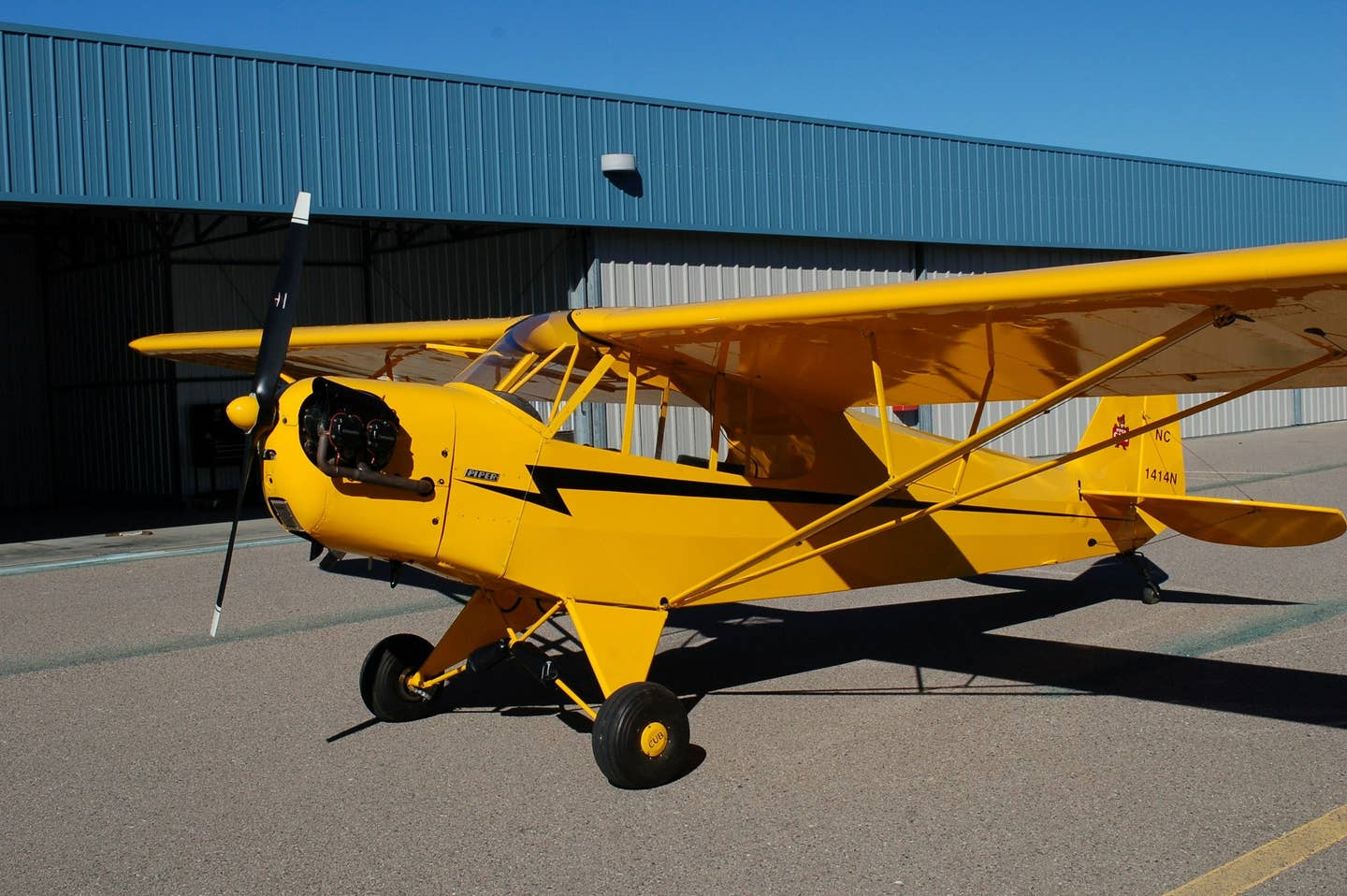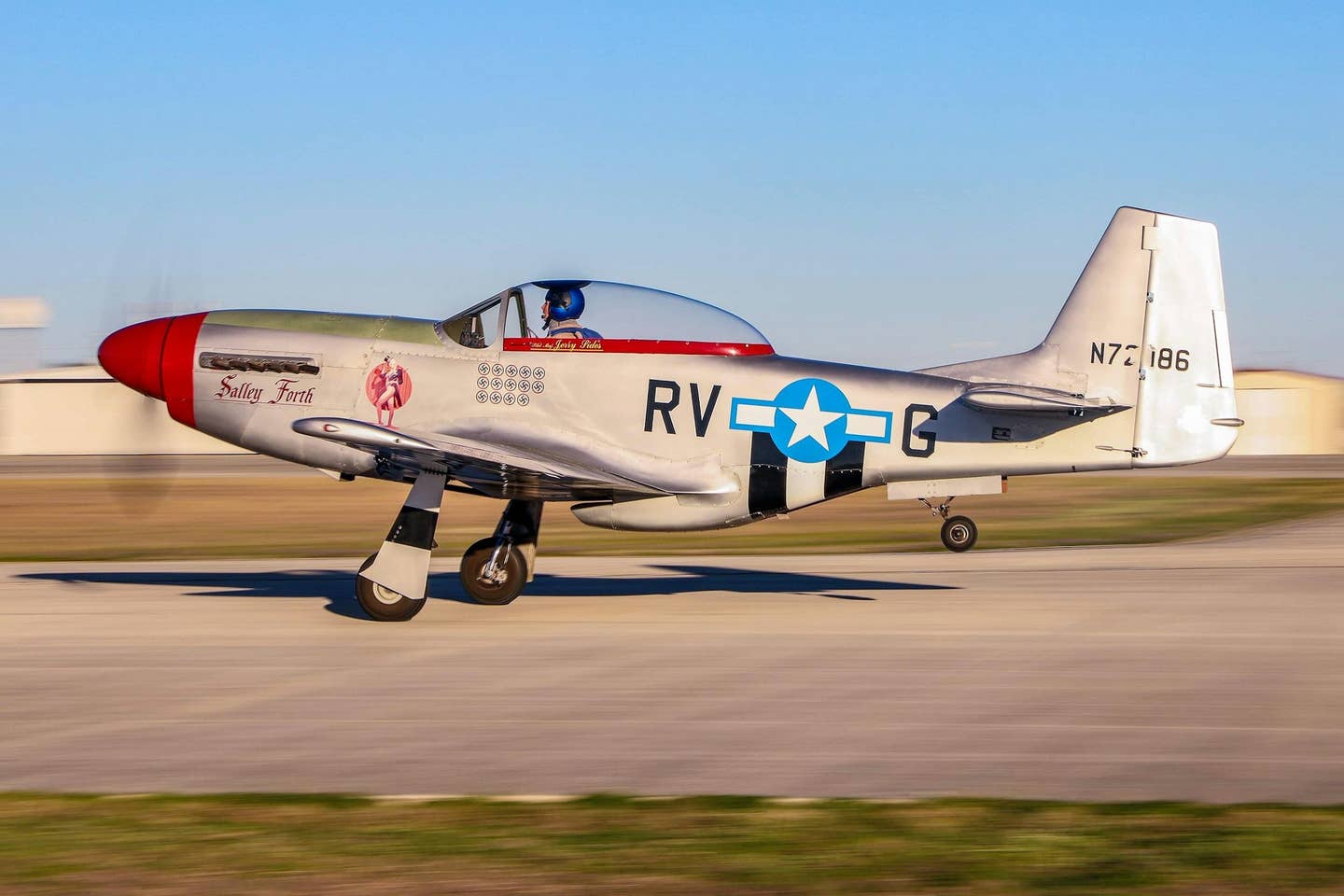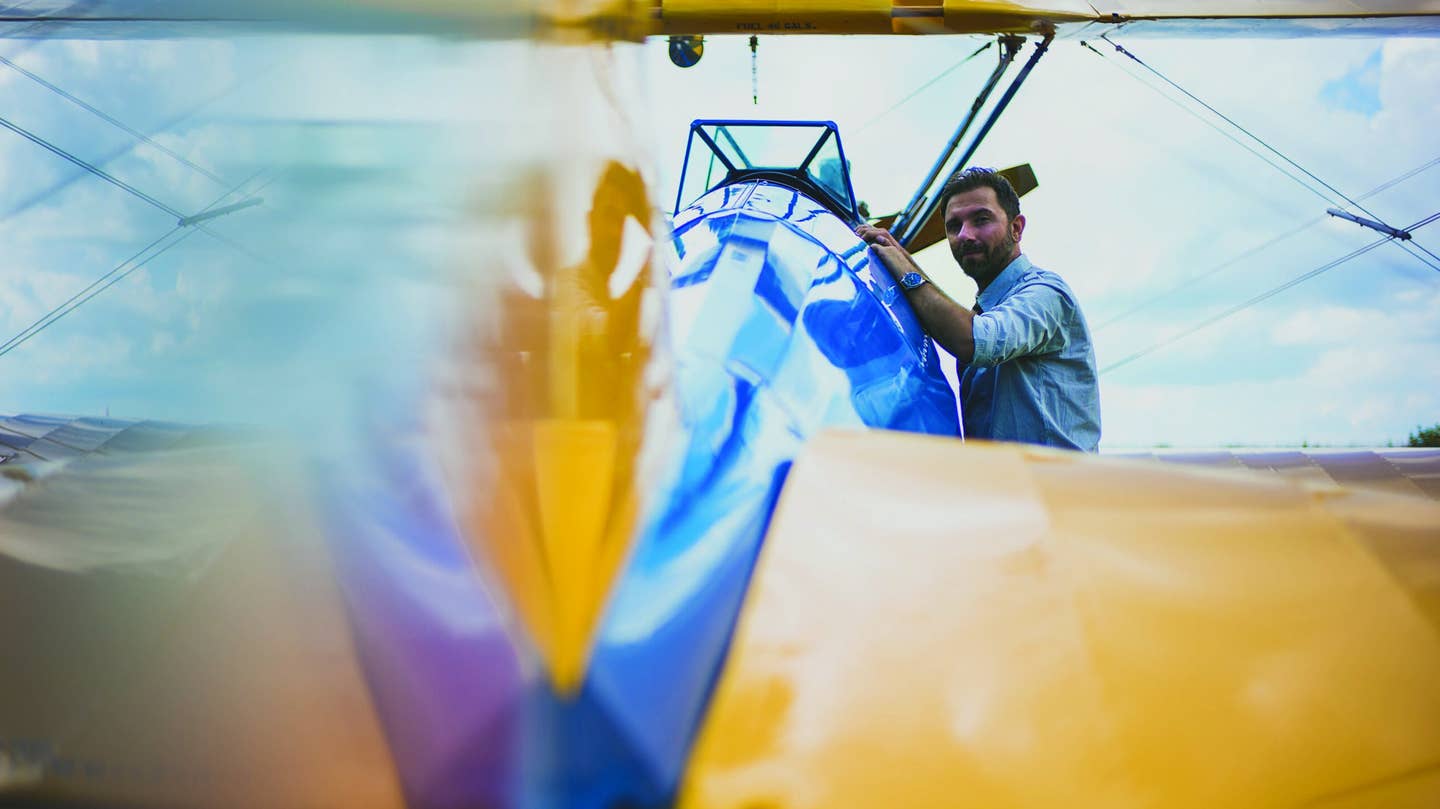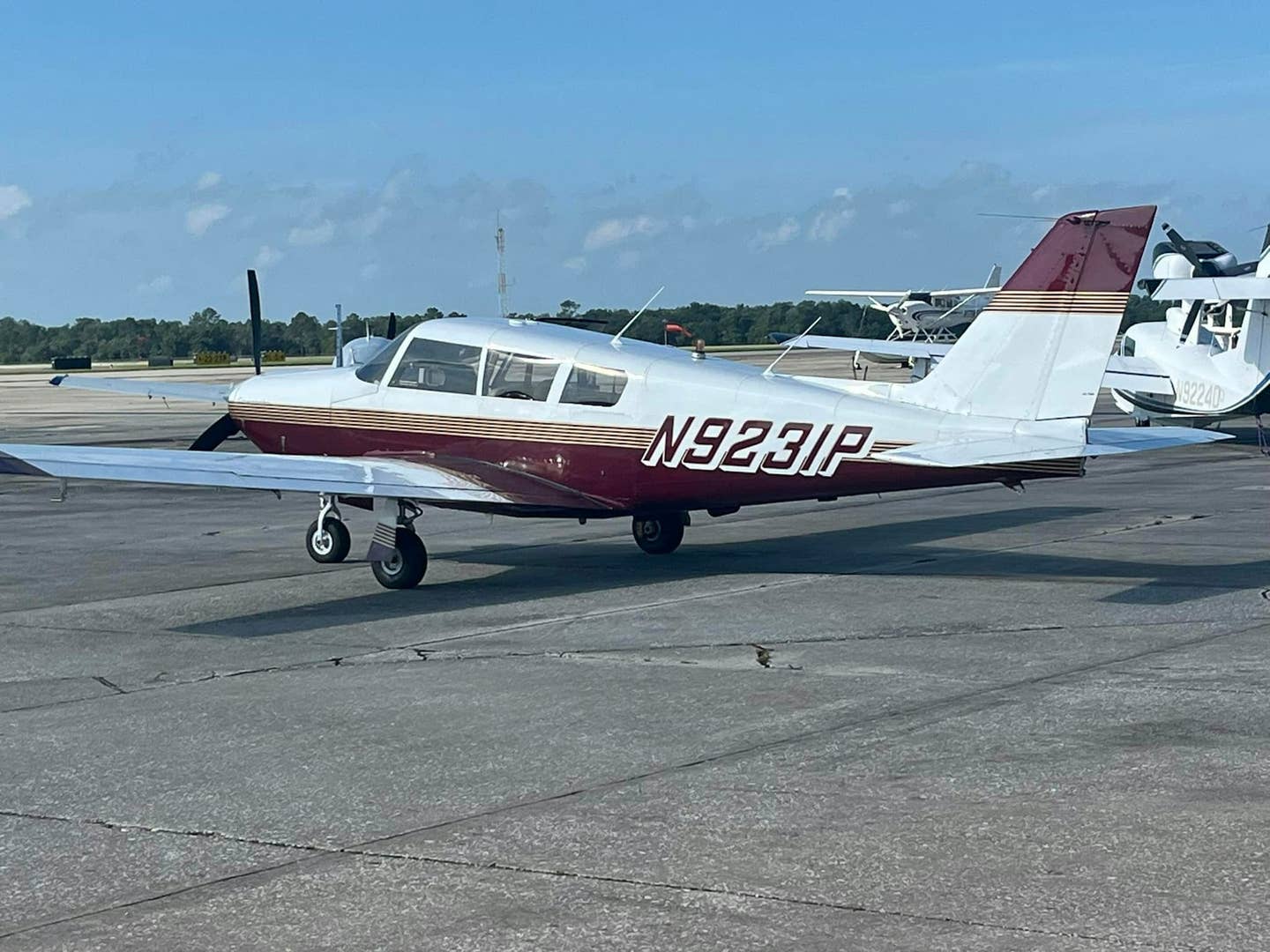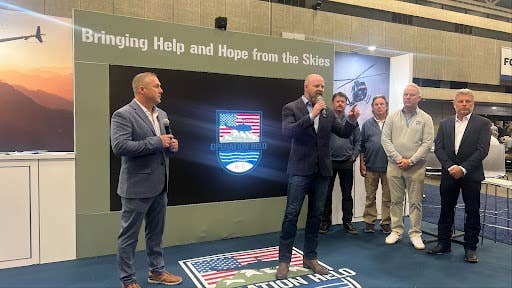
Take an engine from a 1970s Ford, Toyota or Chevy and put it next to one built today, and the differences are easy to spot. Dig down into the performance and economy figures, and there's no comparison between the 30-plus-year-old technology and today's — the newer engines are better in almost every way imaginable, with tuneups now required once every 100,000 miles, oil change intervals of 15,000 miles and fuel economy for many new small sedans of 40 mpg or better. Yet if you lift the cowl on a 1970s airplane and compare what you see with a brand-new piston engine, the two will appear remarkably similar. Which leads to an inevitable question: Why has piston engine aircraft technology in airplanes seemingly lagged so far behind the advances being made in the automotive world?
Before answering that question, let’s ask a couple more: Did you know that the common-rail port fuel injection systems on the latest Lycoming aircraft engines are actually far ahead of automotive fuel injection technology, and only slightly less sophisticated than what’s found in Formula One cars? Or that just about every conceivable parameter on the newest engines from Continental Motors are monitored and controlled by full-authority digital engine controls that in some respects are more advanced than the fadec systems on turbofan engines?
The fact is that reciprocating engine technology in aviation has advanced tremendously in the last dozen or so years, even if by outward appearances these latest aircraft engines seem little changed. There is a misconception among many that, because the engines being built by Continental, Lycoming, Rotax and others look similar to those that have been flying in GA airplanes for years — and indeed are based on the same basic certifications — they haven't advanced very far in the last 30 or 40 years. That's flat-out wrong.
One of the biggest improvements for piston engine aircraft has come in overall build quality. Aircraft engine makers have spent many millions of dollars to improve and automate their manufacturing processes for much tighter build tolerances, and that has translated to improved durability. They've also perfected their fuel delivery systems for piston engine aircraft, introduced advanced coatings to many components and, probably the biggest breakthrough, connected the engines to advanced aviation-grade computers that are capable of monitoring just about every conceivable engine-related parameter — a million times over in the span of a few minutes. Advances have also been made in turbocharger technology, and several manufacturers are now working on alternative fuel technologies, not to mention highly fuel-efficient diesel engines that are designed to burn jet-A.
How Far We've Come
Before we dive into a technical discussion of the current state of the art in reciprocating aircraft engine technology, here's a quick trivia question to get us started: Who built the first successful piston aircraft engine? Obviously the answer is the guy who built the engine that powered the first airplane, the Wright Flyer. We don't celebrate it, but Thursday, Feb. 12, 1903, ranks as one of the most important days in aviation history in terms of piston engine aircraft. To the Wright brothers, it was everything. On this date, the bicycle builders from Dayton, Ohio, finally had confirmation that their fanciful dreams of being the first to achieve manned, powered flight were close to coming true — they finally had an engine.
Standing side by side in their bicycle shop, the Wrights watched as Charlie Taylor, their only employee, made a few final adjustments to the four-cylinder gasoline engine he’d just finished custom-building as the power source for the odd craft the brothers were fabricating. It was a tense moment. Two months earlier, Orville Wright had contacted no fewer than 10 manufacturers in a fruitless search for an engine with a power-to-weight ratio sufficient to spin two large counterrotating wooden propellers and coax their fragile aircraft down a rail track and into the sky. But none of the engine manufacturers that Orville heard back from produced an engine that met the Wrights’ specifications — what was worse, none was willing to build one.
Out of options, Orville and Wilbur put the project in the hands of Taylor, who was originally hired to fix bicycles but soon took over day-to-day operations at the shop while the brothers devoted nearly all of their time to perfecting their aircraft designs. The Wrights instructed Taylor to build an engine that weighed no more than 180 pounds and produced at least 8 horsepower. Taylor, whose only experience with gasoline engines consisted of a botched attempt to fix one once, delivered an engine capable of producing more than 12 horsepower — and he did it in only six weeks.
It should be pointed out that Charlie Taylor’s engine was crude, even by the standards of the day — he was hired as a bicycle repairman, after all. But the engine ran, and in many ways it was also an engineering work of art. To save weight, Taylor had a local foundry produce the crankcase from aluminum. Of necessity, the engine was water-cooled, and the fuel was gravity-fed from a can mounted on an inboard wing strut. The engine had no fuel pump, carburetor, spark plugs or even throttle. Ignition was achieved by the opening and closing of contact breaker points. Four dry-cell batteries (which remained on the ground because they were so heavy) were used for starting, after which a low-tension magneto driven by a 20-pound flyweight supplied the electrical spark to keep the engine running.
When Taylor started the engine for the first time in February 1903, it popped and sputtered to life and ran surprisingly well — but it soon glowed red-hot around the exhaust valves. Taylor began tinkering with various fuel-air mixtures, but he overdid it — the engine seized and the crankcase shattered in its mounts. Taylor had to completely rebuild the engine, but that first test was deemed a success. The Wrights knew the engine could work. By May of that year Taylor had discovered the proper fuel-to-air ratio that allowed his creation to run smoothly. And on the morning of Dec. 17, 1903, Charlie Taylor's wonderful little engine churned at its mightiest, powering the Wright Flyer and its inventors into the history books.
It's amazing that well over 100 years later, light airplanes are still being powered by reciprocating piston engines with aluminum crankcases, gravity-fed fuel systems, in-line cylinders, magnetos and even water cooling in some designs. Still, a modern piston engine produced today bears no more resemblance to early aircraft engines than a brand-new Cirrus SR22 does to the Wrights' first pusher biplanes. And even though little is different in the certification basis of, say, a 1970s piston aircraft engine and one built today, as we've hinted at, plenty has changed — and all of it for the better.
The Pace of Innovation
Improvements in modern reciprocating engine production all start with the switch-over to more modern machining, which can cut metal to incredibly close tolerances. This means that a Continental, Lycoming or Rotax engine built today is a physically better aircraft engine than has ever been mass-produced. You might recall that Continental at one point offered a Platinum-series engine that cost more to buy but had tighter tolerances and therefore a longer warranty. With improvements in machining — including a change to automated manufacturing processes — all the engines Continental builds today meet or exceed the Platinum specifications, and so the special line has been discontinued.
Another significant difference between past aircraft engines and the current state of the art is the introduction of full-authority digital engine controls, or what's referred to as fadec. Digital engine controls for production piston aircraft engines have been around for more than a decade, but they've undergone tremendous advances in that time. Continental's and Lycoming's latest integrated fadec technologies, for example, provide full electronic engine ignition, control of the engines' sequential port fuel injection systems and engine management functions that monitor all parameters and digitally control fuel flow, with no pilot input needed.
Besides better engine optimization, this also means the pilot no longer needs to worry about leaning or enriching the engine fuel-air mixture as altitude increases or decreases. The computers do the work automatically, optimizing leaning in each cylinder, to attain maximum performance and efficiency in all conditions, including on takeoff from a high-density-altitude airport. Having a perfectly leaned engine all the time is a huge plus for efficiency and engine longevity.
“Our engines are truly single-lever control, with full thermal and propeller management,” noted Mike Craft, senior vice president and general manager for Lycoming. “It’s much closer to a modern turbine engine, where all the pilot has to worry about is what percent power is being generated. Everything else is controlled by the computers.”
Lycoming has applied its iE2 fadec technology in the TO-540 engine in the Lancair Evolution, as well as in the Northrop Grumman Firebird, an
"optionally piloted" spy plane (and one of Burt Rutan's last designs at Scaled Composites).
Fadec systems in the latest piston aircraft engines electronically control the spark and fuel injection for optimal performance all the time. These engines still have manual mechanical throttles, but the onboard computers receive a steady stream of data related to parameters for manifold pressure, rpm, EGT and CHT, and then continuously adjust the mixture for peak performance. The fadec also automatically handles engine priming, starting and idle, and pushing just one button on the panel switches settings from best power to best economy.
The fuel delivery system in modern piston aircraft engines has also benefited from technological advancements. That Lycoming’s iE2 engine technology in the TO-540 engine employs a fuel injection system similar to the technology used in F1 shouldn’t come as a surprise: Lycoming developed the technology on the aircraft racing circuit with Jon Sharp in his Lycoming TIO-540-NXT-powered Nemesis Reno winner. That engine pioneered the Lycoming iE2 fadec technology, which controls fuel delivery with higher, constant pressure. “It allows you to do things that previously were not possible, such as how we manage fuel delivery to each cylinder,” Craft said.
Era of the Diesel?
The next significant breakthrough in aircraft engine technology is likely to be a flood of designs capable of running on alternative fuels and jet-A. The most readily available fuel source is jet fuel, which is cheaper than avgas and can run in aviation diesel engines. Continental Motors is hard at work developing the turbocharged, direct-injection TD300, a four-cylinder, 230-horsepower diesel engine with a critical altitude of 10,000 feet at 2,200 rpm. The design will be direct drive with no gear box, which yields reduced weight and improved reliability. TBO will be 2,000 hours, the same as with its gasoline engines.
Diesels, however, offer some disadvantages. Besides weighing more, they are also more costly to build. The fuel delivery system alone is an order of magnitude more costly than fuel injection systems for gasoline piston engines, the reason being that diesel fuel systems must run at a much higher pressure to cause atomization of the fuel for a clean burn.
“We wish it could be less costly, but unfortunately diesel engines are more challenging, and that drives up the price,” said Keith Chatten, head of engineering development at Continental. “The good news is that the fuel consumption, at around nine gallons per hour for the diesel engine, is almost half that of a comparable piston engine.”
In Europe, Chatten noted, avgas costs around $15 per gallon while jet-A can be had for about $6 a gallon. That helps swing the financial equation back toward diesels.
The TD300 is planned to enter production by the end of this year or early next year, said Mike Gifford, director of factory services at Continental. No OEM customers have been announced, but Gifford said customer discussions are in the advance stages. Besides the four-cylinder diesel, he revealed that Continental is also working on two six-cylinder versions, the first being the TD450 with rated power expected to be in the 300-horsepower range.
Gifford also noted that the TD300 will be a direct-drive system with no reduction gear box, which reduces weight and improves performance. This technological necessity stung many Diamond DA42 owners when they learned they'd need to inspect (and perhaps replace) the gear boxes in their Thielert diesel engines every 300 hours. After Thielert went bankrupt, Diamond formed Austro Engine to build a new aerodiesel engine to replace Thielert's troubled Centurion line. Since it runs at the same rpm as the Thielert, the Austro AE300 has a reduction gear box, but the gear set is an improved design and has an 1,800-hour TBO. Fuel specifics for the Austro engine are said to be 20 percent better than the Centurion line's, a claim that's consistent with the engine's performance in the Mercedes A-Class economy car, which delivers as much as 56 mpg on the highway.
This isn’t to say gasoline piston engines will disappear. What’s clear is that the days of 100LL aviation gasoline are growing shorter and alternatives will need to take its place to supply the needs of general aviation, which includes around 225,000 piston-powered airplanes in the United States alone. Considering the innovations that engine manufacturers have achieved over the decades since Charlie Taylor’s vanguard triumph, there’s little reason to doubt that the future of piston aircraft development will be every bit as bright as its storied past.

Sign-up for newsletters & special offers!
Get the latest FLYING stories & special offers delivered directly to your inbox

